10 Modern Distractions That May Be Fueling Kids’ Anxiety, According to Experts

Kids today face a unique set of challenges that weren’t around just a generation ago. The digital world has created new pressures and distractions that can significantly impact their mental health. These modern influences often contribute to rising anxiety levels among children and teens, making it important for parents and educators to understand what kids are up against.
1. Social Media Comparison Traps
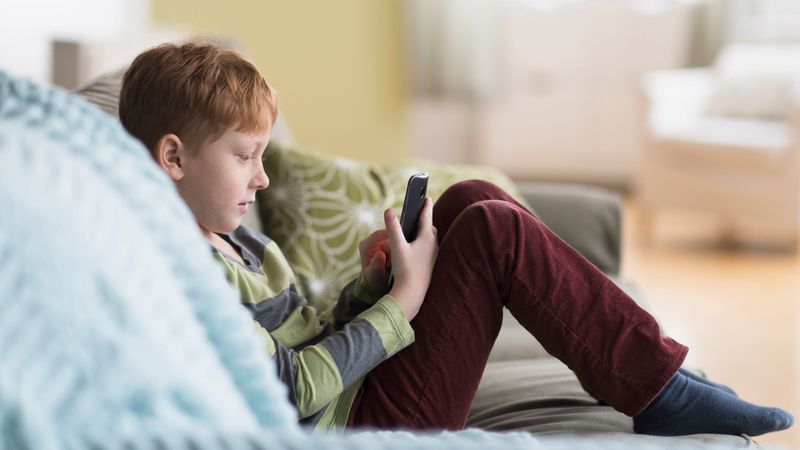
Children scrolling through perfectly filtered photos can’t help but measure their own lives against these unrealistic standards. The constant barrage of seemingly perfect peers enjoying amazing experiences creates a distorted view of reality.
Young minds aren’t equipped to recognize that these curated highlights don’t represent everyday life. This leads to feelings of inadequacy when their own experiences don’t measure up to what they see online.
The pressure to maintain a digital persona worth sharing adds another layer of stress, as kids worry about how many likes or comments their posts receive compared to their friends.
2. Notification Overload

The constant pinging from devices creates a state of perpetual alertness in developing brains. Each notification triggers a small dopamine hit, training young minds to crave this stimulation and making it difficult to focus on anything else.
Kids often feel an overwhelming urge to respond immediately to messages. This pressure to be constantly available and responsive creates a cycle of dependency that’s hard to break.
Many children report feeling anxious when separated from their devices, fearing they’ll miss something important. This phenomenon, sometimes called FOMO (fear of missing out), can significantly increase stress levels.
3. Excessive Screen Time
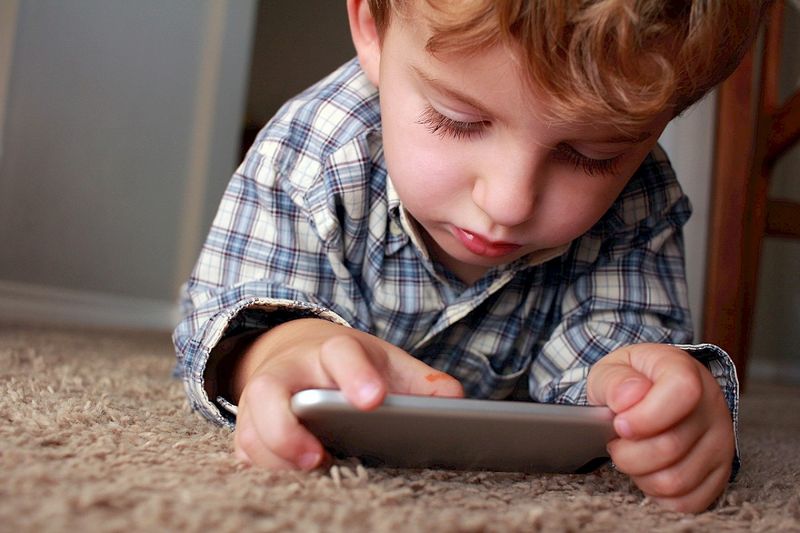
Hours spent staring at screens disrupt natural sleep cycles by suppressing melatonin production. This sleep interference creates a vicious cycle where tired kids become more irritable and less able to manage their emotions effectively.
The rapid pace of digital content trains young brains to expect constant stimulation. When faced with slower-paced real-world activities, many children struggle with boredom or restlessness.
Research shows that excessive screen time correlates with higher rates of anxiety and depression in children. The relationship works both ways – anxious kids may seek more screen time as escape, which then worsens their symptoms.
4. Online Gaming Pressure
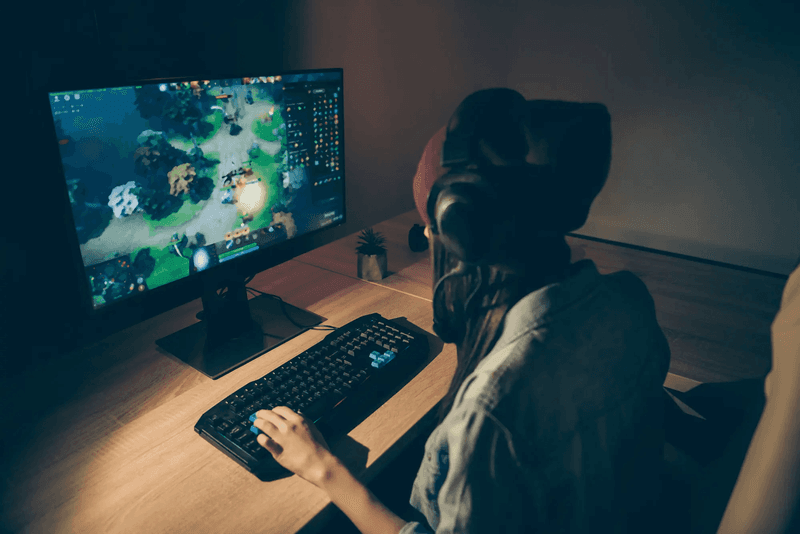
Competitive gaming environments often expose kids to intense pressure and sometimes hostile interactions. The drive to perform well in front of peers creates a high-stress situation that can trigger anxiety responses.
Many popular games use psychological techniques like unpredictable rewards to keep players engaged. These mechanics can create unhealthy attachment patterns and make it extremely difficult for children to step away.
Time limits set by parents frequently lead to conflict when children are deeply invested in their games. The resulting emotional meltdowns aren’t just about wanting more fun – they reflect genuine distress at being pulled from an immersive experience mid-stream.
5. Overscheduled Calendars
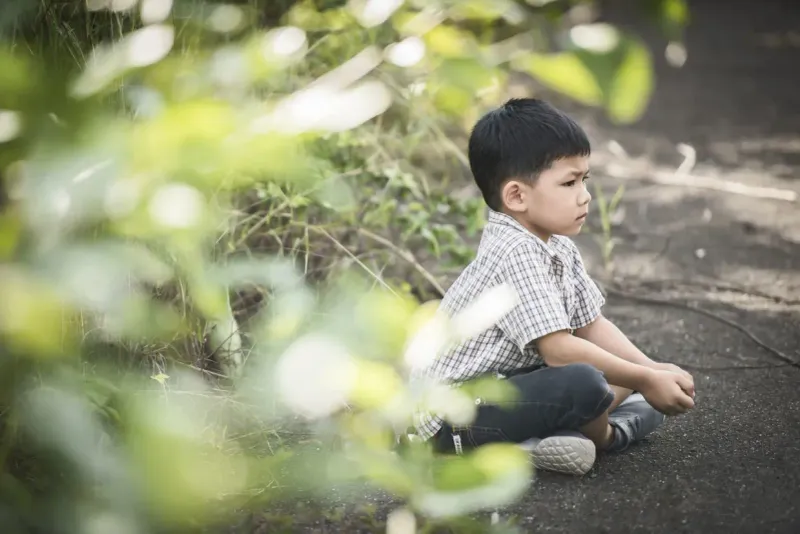
Modern childhood often resembles a non-stop parade of activities with little downtime. Between school, sports, music lessons, tutoring, and other enrichment activities, many kids barely have a moment to breathe.
Free play has been squeezed out of many children’s lives. This unstructured time is actually crucial for developing creativity, problem-solving skills, and emotional regulation – all tools that help manage anxiety.
The pressure to excel in multiple areas simultaneously creates impossible standards. Kids internalize the message that they must be exceptional at everything, leading to perfectionism and fear of disappointing adults in their lives.
6. Academic Performance Tracking Apps

Real-time grade monitoring systems have transformed parental oversight of schoolwork. When every assignment and test score is instantly visible to parents, children feel constantly under surveillance.
The visibility of academic performance to both peers and parents creates unprecedented pressure. A single poor grade that might once have been a private learning experience now becomes a public failure requiring explanation.
Many children report checking these apps compulsively, their anxiety spiking with each notification. This constant focus on evaluation shifts the purpose of learning from growth and curiosity to performance and external validation.
7. News and World Events Exposure

Today’s children are exposed to global tragedies and crises at unprecedented levels. News algorithms don’t distinguish between adult and child viewers, delivering graphic content and frightening headlines directly to young eyes.
Kids lack the life experience and context to process complex world events appropriately. Without guidance, they may develop distorted perceptions of risk, believing rare but dramatic events are likely to happen to them.
Many children absorb parents’ news-related stress without understanding the content. They pick up on adult anxiety about politics, economics, or global issues, internalizing these worries without having the vocabulary to express their concerns.
8. Digital Identity Management

From an early age, today’s children must navigate creating and maintaining their online personas. Unlike previous generations who could reinvent themselves between elementary, middle, and high school, digital footprints follow kids everywhere.
The pressure to present a consistent, appealing image online creates significant anxiety. Children worry about how they’re perceived across multiple platforms while still figuring out who they actually are.
Managing privacy settings and understanding the permanence of online content is overwhelming for young minds. Many children experience genuine distress over past posts or photos they can’t truly delete, creating a sense of being unable to escape mistakes.
9. Constant Availability Expectations
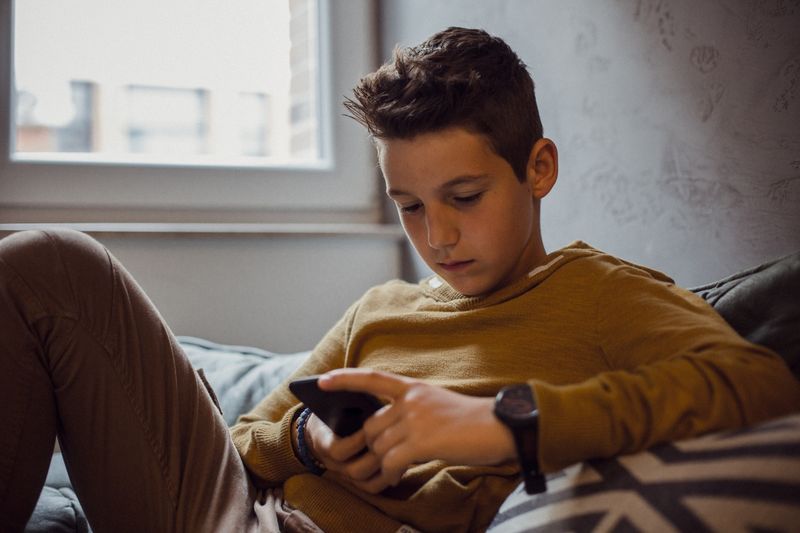
Modern communication tools have eliminated natural boundaries between school and home life. Homework assignments, group projects, and social interactions continue 24/7 through digital channels, leaving no true downtime.
The expectation of immediate response creates significant pressure. When friends or classmates message, many children feel compelled to reply instantly regardless of what else they’re doing, creating a state of continuous partial attention.
Parents often contribute to this problem unintentionally. The ability to reach their child at any moment has created an expectation of constant accessibility that leaves kids feeling they can never truly disconnect or have privacy.
10. Algorithm-Driven Content Consumption

Content algorithms create personalized rabbit holes that can amplify children’s existing fears and insecurities. A child who watches one anxiety-provoking video may soon find their feed filled with similar content, reinforcing and deepening their concerns.
Young users lack the critical thinking skills to recognize how these systems manipulate their attention. The addictive nature of algorithm-curated content streams makes it difficult for children to step away, even when the material makes them feel worse.
Many platforms deliberately design their interfaces to maximize engagement regardless of content quality or impact. This creates consumption patterns that prioritize emotional reaction over healthy information processing.

Comments
Loading…